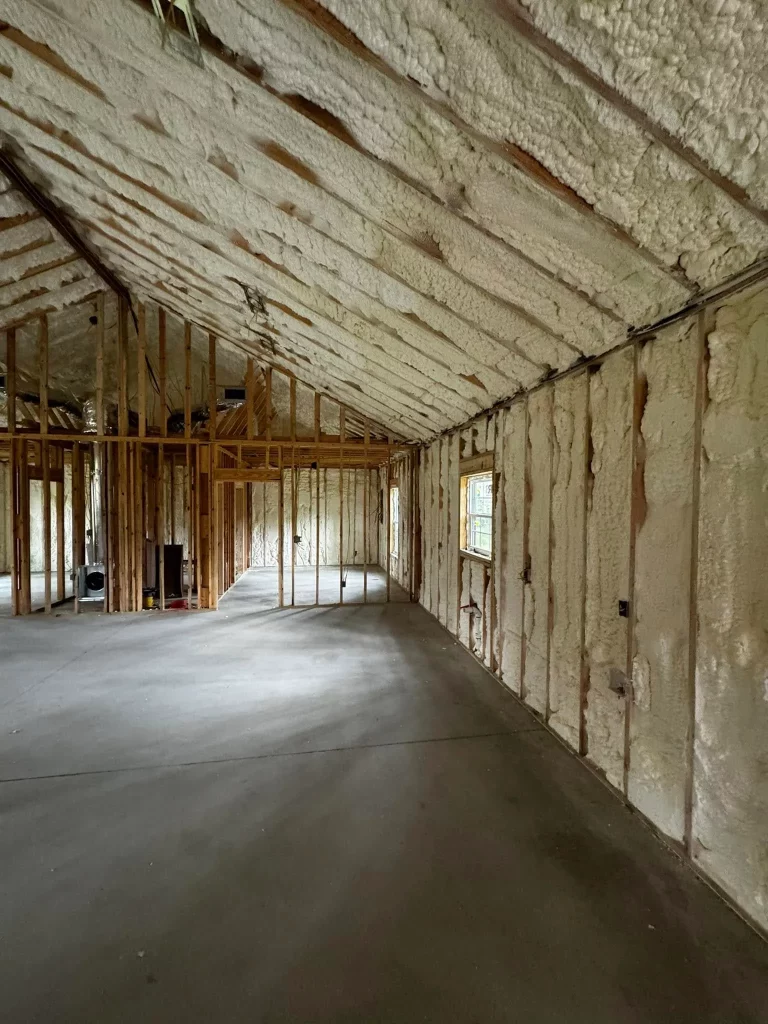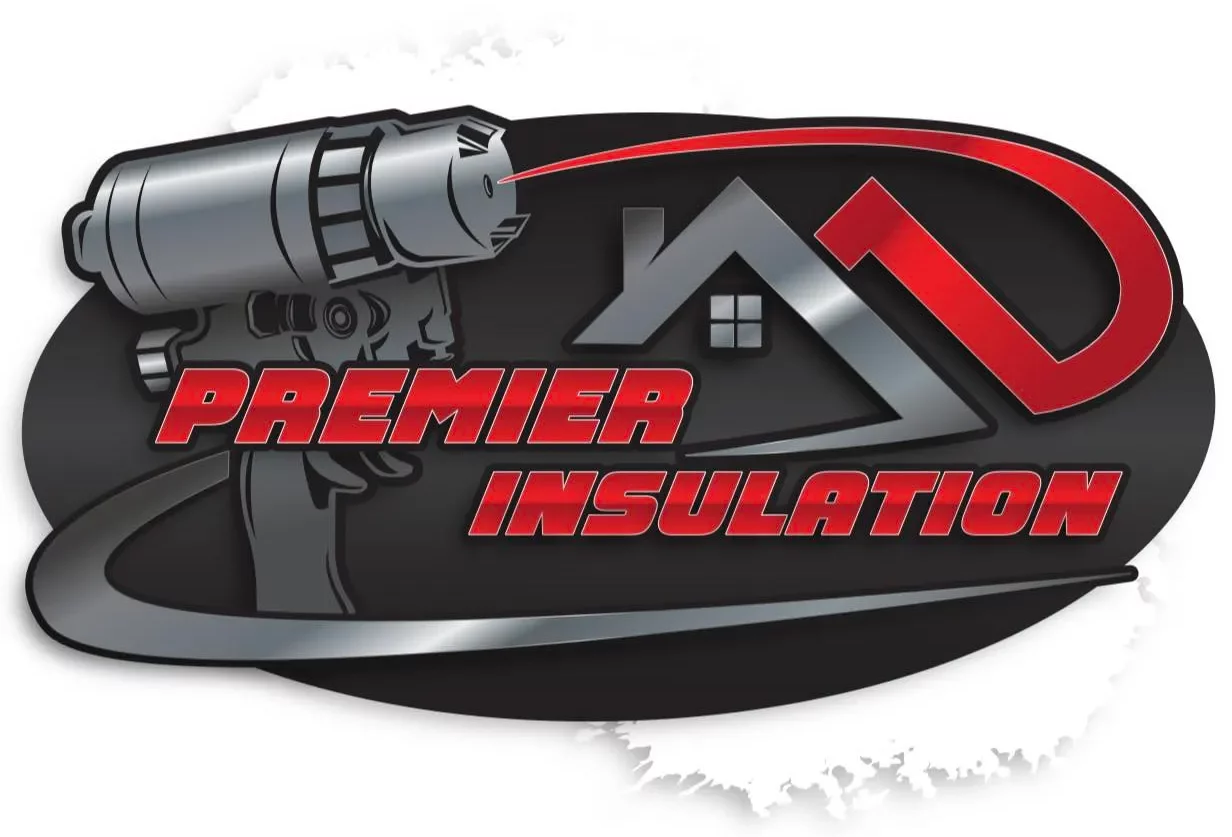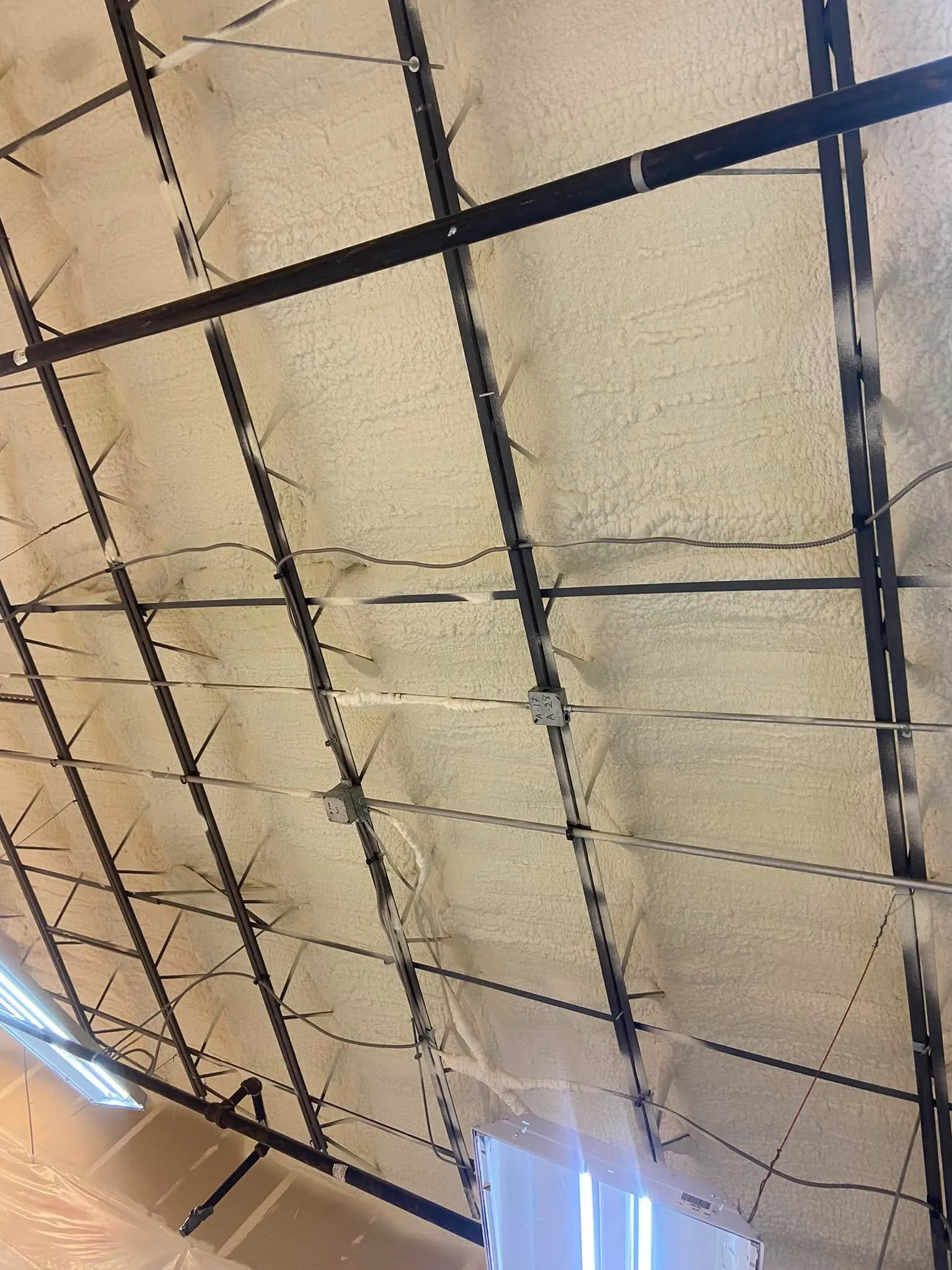Hiring a spray foam insulation contractor requires asking targeted questions to ensure quality work and long-term home efficiency. The six key questions cover credentials, project specifics, materials, process, costs, and guarantees. These questions help identify reliable professionals who deliver durable results without surprises.
Asking these questions upfront saves time and money while protecting against common pitfalls in insulation projects. This guide breaks down each one with practical details to inform decisions. Information here draws from years of observing insulation installations in humid climates like Georgia, where moisture control and energy savings matter most.
Credentials and Experience
Start by verifying the contractor’s background. Ask: What certifications do you hold, and how long have you worked with spray foam?
Certified installers follow industry standards from groups like the Spray Polyurethane Foam Alliance. Look for credentials such as SPFA membership or training from manufacturers like BASF or Dow. Experience counts too; contractors with at least five years in spray foam handle variables like temperature and humidity better.
In Georgia’s warm, wet conditions, experienced teams prevent issues like foam expansion problems during high humidity. A 2022 report from U.S. Department of Energy notes that proper certification reduces installation errors by up to 30 percent, leading to better air sealing.
[Image: A certified technician applying spray foam in an attic space]
Bonus Tip: Request proof of insurance covering workers’ compensation and liability. This protects against accidents during the messy application process.
Project Scope and Timeline
Clarify the job details next. Ask: How do you assess my home’s insulation needs, and what is your estimated timeline?
A thorough assessment involves measuring square footage, checking existing insulation, and using tools like blower doors for air leakage tests. For a typical 2,000-square-foot home, expect a site visit to identify areas like attics or walls needing spray foam.
Timelines vary; a full attic project might take two to three days, depending on access and curing time. Delays often stem from weather, so ask about scheduling flexibility in rainy seasons common in the South.
Market data shows spray foam projects complete 20 percent faster than traditional insulation methods, according to Building Science Corporation. This speed minimizes disruption while improving comfort quickly.
Materials and Equipment Used
Understand the products involved. Ask: What type of spray foam do you use, and why?
Spray foam comes in open-cell and closed-cell varieties. Open-cell offers flexibility and sound dampening but lower R-value per inch. Closed-cell provides higher insulation and acts as a moisture barrier, ideal for humid areas.
Contractors should explain equipment like high-pressure rigs calibrated for even application. Poor mixing leads to off-ratio foam that shrinks or doesn’t adhere.
Here’s a quick comparison of foam types:
| Foam Type | R-Value per Inch | Density (lbs/ft³) | Best For | Cost per Board Foot |
|---|---|---|---|---|
| Open-Cell | 3.5-3.8 | 0.5 | Interior walls, soundproofing | $0.40-$0.60 |
| Closed-Cell | 6.0-7.0 | 1.8-2.0 | Attics, basements, moisture-prone areas | $1.00-$1.50 |
Data from Oak Ridge National Laboratory confirms closed-cell’s superior performance in energy savings for Southern climates.
Bonus Tip: Inquire about low-VOC options to reduce indoor air quality risks during installation.
Installation Process and Safety
Get details on the work itself. Ask: What steps do you take during installation, and how do you ensure safety?
The process starts with surface prep, like sealing cracks and protecting fixtures. Foam sprays in layers, expands, and cures within hours. Ventilation is key to manage fumes; pros use full PPE and air scrubbers.
Safety includes fire watches for hot work and post-install checks for uniform coverage. In Georgia, where summers bring heat, crews schedule early mornings to avoid rapid curing issues.
A study by National Institute of Standards and Technology highlights that trained teams cut health risks by following OSHA guidelines strictly.

Cost Breakdown and Payment Terms
Address finances clearly. Ask: What does the full cost include, and what are your payment terms?
Expect quotes covering materials, labor, and cleanup, typically $1.50 to $3.00 per board foot for residential jobs. Factors like home size and access add variables; a 1,000-square-foot attic might run $2,500 to $4,000.
Payments often split into deposits, progress, and final upon inspection. Avoid large upfront sums; terms should align with milestones.
Energy savings offset costs: Homes with spray foam use 10-25 percent less heating and cooling, per U.S. Energy Information Administration.
Warranties and Follow-Up
End with support details. Ask: What warranties do you provide, and how do you handle follow-up?
Reliable contractors offer 10-25 year material warranties plus labor guarantees. These cover defects like delamination or void filling.
Follow-up might include a one-year check for settling or performance. In humid regions, ask about moisture-related coverage.
Bonus Tip: Request references from recent Georgia projects to verify long-term satisfaction.
Things to Consider Before Making a Decision
Once you’ve gathered details on warranties and follow-up, weigh these additional factors before committing. Review local building codes, which in Georgia require permits for foam over certain thicknesses. Consider energy audits to confirm ROI; spray foam recoups costs in 3-5 years through utility bills.
Check reviews on platforms like BBB for patterns in service. Budget for unexpected finds, like asbestos in older homes. Prioritize contractors who use energy modeling software to predict savings.
Common Questions
Many homeowners wonder about spray foam’s longevity. How long does it typically last compared to fiberglass?
Many homeowners wonder about spray foam’s longevity. It lasts 25-80 years with proper install, outpacing fiberglass.
What do professionals say about DIY spray foam installation?
Others ask about DIY options; pros advise against it due to equipment needs and health risks.
What should homeowners expect regarding noise and odors during spray foam application?
Noise during application is minimal, like a loud compressor for short bursts. Off-gassing fades in days with good ventilation.
Final Thoughts on Hiring
Key questions on credentials, scope, materials, process, costs, and warranties build a clear picture of a contractor’s fit. Evaluate based on your home’s size, climate, and budget to choose wisely. Focus on long-term efficiency and comfort in your setup.
Ready to Move Forward
If you’re prepared to proceed, you can reach out to Premier Insulation at (229) 554-3939 or premiereinsulationga@gmail.com for guidance on spray foam projects. Discuss your needs to get tailored advice without obligation, ensuring the right questions lead to solid results. (72 words)
Sources
- U.S. Department of Energy – Government guide on spray foam benefits and certification impacts for energy efficiency.
- Building Science Corporation – Expert analysis on installation timelines and performance in residential settings.
- Oak Ridge National Laboratory – Research report comparing foam types and their R-values in various climates.
- National Institute of Standards and Technology – Study on safety protocols and health risks during spray foam applications.
- U.S. Energy Information Administration – Data on household energy savings from advanced insulation materials.
Key Questions Homeowners Often Have
Does spray foam really save energy?
Yes, it seals air leaks better than other insulations, cutting energy use by 15-20 percent in tests by independent labs.
Is spray foam safe for my family?
When installed correctly, it meets strict EPA standards for low emissions and fire resistance.
How does humidity affect installation?
High humidity can alter foam rise; contractors adjust ratios or delay in extreme cases to ensure quality.
Can spray foam fix moisture problems?
Closed-cell types resist water, but pair with proper ventilation to prevent condensation in attics.
What if I need to remove it later?
Removal is possible but costly; plan for areas like crawl spaces where access matters.


